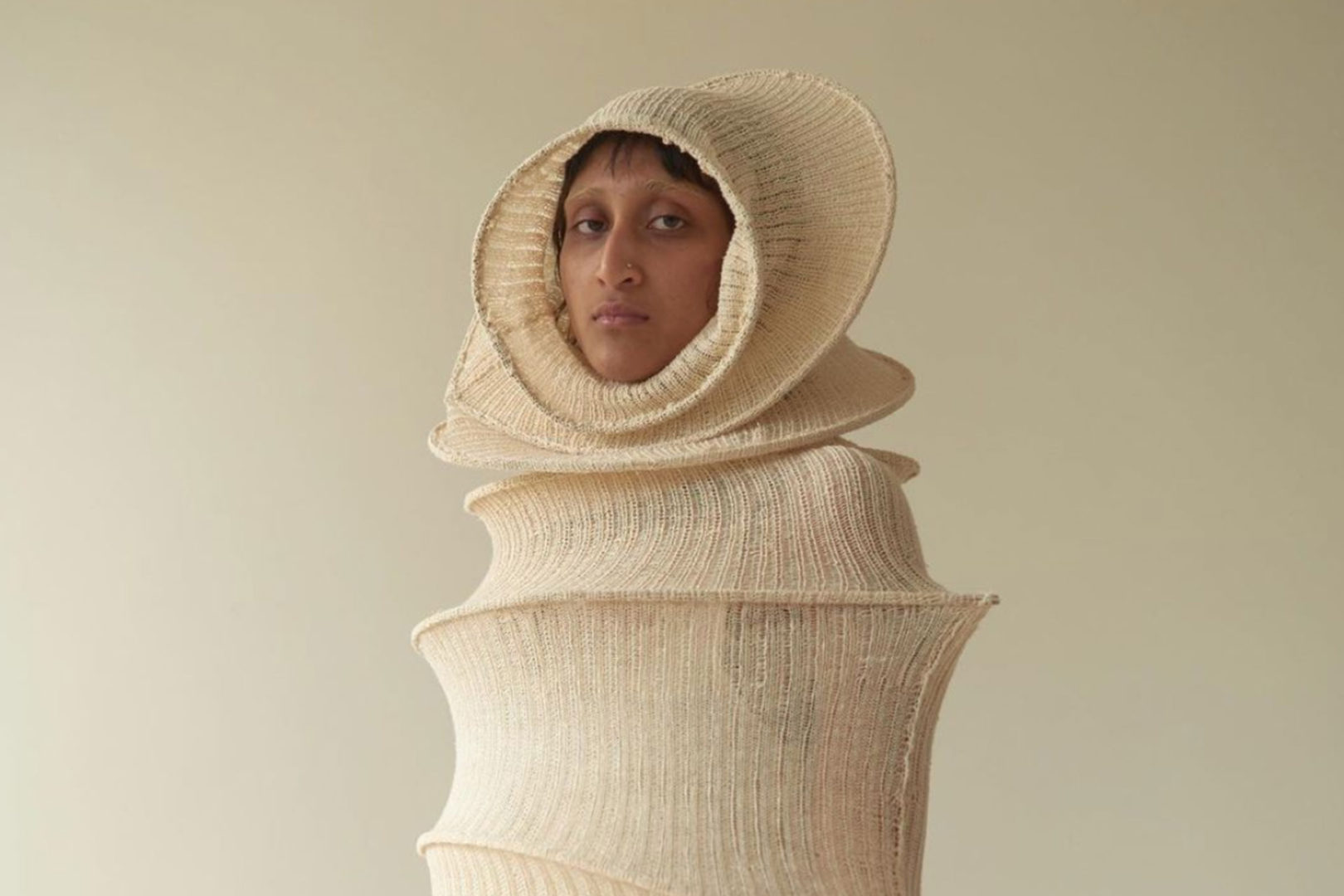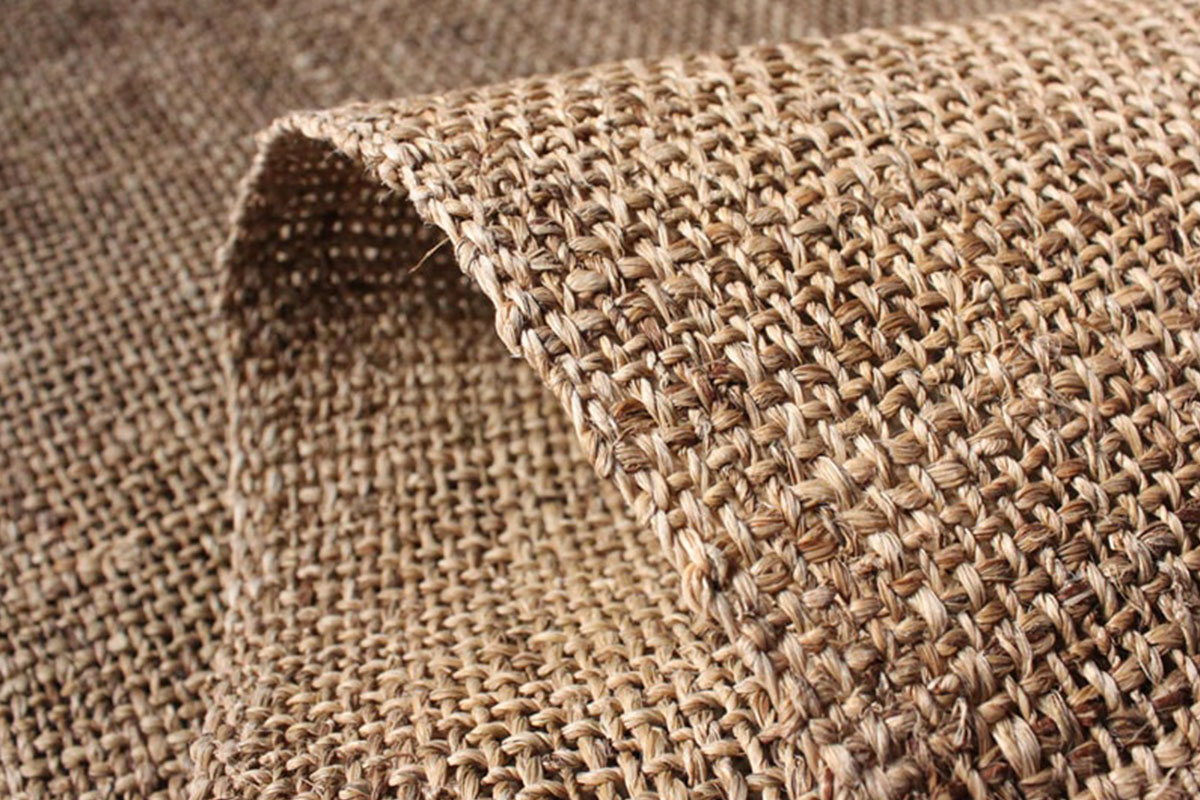Experiences coming from farms and attention to the biodiversity that surrounds them highlight the ethical success of the development in the fashion system
From Farm to Fabric to Fashion
World Hope Forum – Founded by Lidewij Edelkoort and Philip Fimmano, is an organization. Its main goal is to create a global platform for the exchange and expansion of knowledge, innovation of business practices. The organization hosted an online event From Farm to Fabric to Fashion. Topics discussed were: the basis of the fashion, textile and fabric industry. Its development, from the farm to the processing, was the center of discussion amongst many of the invited guests to speak. The foundation of the forum, wants to educate others on the creation of a product. Designed through the singularity of the initial basic materials. The introduction of fiber and fabric is a key perspective; before the introduction of the concept of fashion.
Lidewij Edelkoort states: «This process has the possibility to lead to other types of forms. Starting from cutting one’s own fabric to dialoguing with it. Making this process respectful of the raw material. In this way, it evolves into the form of garment, allowing it to rediscover its value». On the website, they also mention that «a conscious design landscape starts with the cultivation of ecological knowledge, circular thinking and green ethics. This forum is an inspiring line-up of farmer-designers who are heeding to this call, translating fibers into fabrics and even fashion. Their dedicated work can inspire initiatives of hope everywhere, from radical education to regional production and slower consumption. The farm is the future».
Rediscovering traditions: fiber plants in the Japanese area, AONI
Kaori Ieyasu is trend consultant at Edelkoort East. She is also a researcher of materials, colors and trends. In Japan, plantations from which to harvest natural fibers are common. Farmers are finding, connecting, and sharing methods, to create markets with the aim of passing down the know-how to the next generation. Some examples of plants are basho, lotus, paper mulberry, arrowroot, linden, pina.
In particular, Asa fabric derives from the mix of hemp and ramie. It represents a key fabric in Japanese history and culture. The connection between this fiber and culture can also be found in the language. The Japanese idiom for Asa represents a rustic house where people soak grass in water; representing the process of working the fiber. Linked to shinto and emperor, but also to beliefs in religion. Leyasu explains that hemp was also a symbol of veneration. Cultural diffusion caused the expansion of cultivation in the territory from North to South. The phenomenon sees regions relying on textile processing and continuing the weaving tradition.
Only three percent of the materials used in Japan is harvested
It is possible to grow them only in certain regions. They need to have the right amount of water and pure air, such as in Fukushima. «In spring, farmers put fire in the ground before they can seed. The plantation grows tall, and walls are put along to protect it from the strong wind. After the end of the rainy season in June, the branches are cut off one by one; soaking them in the water and peeling them off. The fibers are separated individually and then placed under the roof to dry». Threads are made by hand, starting in the first winter period.
The resulting textile is made of a transparency and dryness weaving. A technique developed by Echigo textile is called snow washing. It exposes the textile for a week and uses the properties of bleaching plant fibers by generating ozone when the snow melts. The entire process is based on natural cultivation, people involvement and developing of sources. It cycles back to natural processes, such as when it is washed in the snow. «Knowing farm, fiber and textile is to think differently about what we believe we know. It is to think about the future, people, culture, the role of us, and the meaning of precious today».
Bioregional textile development, New York textile lab
Laura Sansone is the creator of NY Textile Lab, a design and consulting company that supports environmentally responsible textile methods. This includes regional systems of production and sourcing. She developed initiatives that bring designers and farmers together; with the goal of creating a decentralized and regenerative textile supply network.
Moving to the start of the value chain means trying to insert certain value in the creation and essence of a product. For example, Sansone talks about climate beneficial fibers, partnering with farms that develop biodiversity practices. The lab also promotes the use of fabrics sourced, knitted and woven within 300 miles of New York City. Although the use of bioregional tissues is promoted through these methodologies, what in fact are these fabrics? «Within a continent there are natural boundaries that divide, for example desert provinces, plants, regions, etc. When we look at textile systems to the lens of bioregions, we can consider designing within the capacities and limitations of particular ecosystems. We can use regionally grown fibers or natural dyes». Economic and material diversity find great benefit in bioregional fabric production.
The knitting farm, focus on fabrics development perspectives
The Knitwit Stable project, founded by Reina Ovinge, combines two of the cornerstones present in the fashion supply chain: the farm and the sewing studio. It develops a model of in-house production of materials and the subsequent manufacturing of the final product. Wool products come from their own merino sheep and angora goats, explains the founder.
The wool harvesting process takes place, not only inside the farm, but also in the neighborhood. In this way, there is direct control over the ethicality of the process and the wool during shearing. Before proceeding to the washing process, the wool is stripped of the materials, such as straw or damaged parts. «I had a career within the fashion industry for more than twenty years as a buyer and a supplier of knitwear. During those years I saw the industry growing bigger, faster, cheaper and less fair. It’s clear that is a current outdated fashion system. Harmful to people, animals and the planet».
Transparency is the first step in the process
From the animal friendly practice, to the processing and production of the final product. Another goal of the project is to bring to light the possibilities offered by natural and renewable materials, such as wool. The development process requires scouring, washing, cording, and combing. Raising livestock has been one of the sources of livelihood for mankind for years. It continues to be so with ample opportunity for profit, as in the case of merino sheep. This resource requires overall knowledge and management of proper breeding, land management, animal behavior and welfare. The devaluation of the wool market has led to a decrease in its use; relegating it to being a waste product that ends up in the landfill, Ovinge points out.
Lampoon reporting: back to the roots
The article analyzes just a few of the examples that contribute to the From Farm to Fabric to Fashion concept. However, the prospects given at the level of raw material, seem to be going in the same direction. This is to say yarn production and consequent product production. Relying on a supply chain that gives attention to the first step of farming. This not only means understanding how the production of resources works. It also means realizing how these resources can develop creatively. The attention to natural dynamics can allow us to rediscover techniques.
That is not the case, however, if used in a system of intense cultivation and production of clothes. For example, it would be enough to naturally create hemp fabric; dip it in the snow and then leave it in the sun to purify it. In addition to the recovery of traditions and the maintenance of culture; rediscovering these habits allows to re-implement the environment away from harmful substances used in the creation and care of clothing.
«Conventionally grown cotton and polyester make up eighty-five percent of the world’s fiber production. In addition there is a dominance of certain fibers like merino and cashmere. Often, the farming of these materials is terrible for the environment, for soil health. In addition, they produce a low percentage of tissue to consume later», explains Sansone. Edelkoort explains that textiles and their spiritual core are coming back. Into discussion, education, and in some cases, of ancestral land and techniques.
The World Hope Forum organization
Founded in 2020 by Lidewij Edelkoort and Philip Fimmano, in collaboration with Dezeen. Developed as a global platform to exchange innovations and knowledge. The themes are climate, inclusivity, waste management, cooperation, humanities.
From Farm to Fabric to Fashion
On Saturday, February 5th, 2022 a special online forum has took place. From Farm to Fabric to Fashion, included a special declaration of change by Lidewij Edelkoort; curated by Lidewij Edelkoort & Philip Fimmano.




















